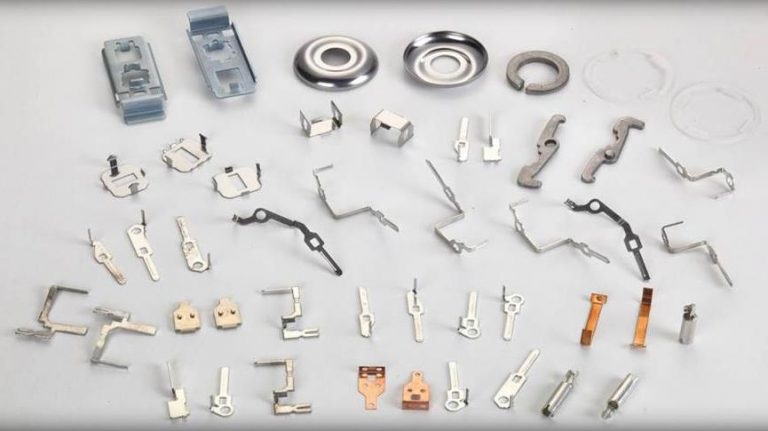Ever wondered what the process of car manufacturing is? From the car design to its launch, it takes around 2-5 years to make a car available for sale. The car companies use this time to ensure their car is suitable for public use and, at the same time, it has an attractive design to spark interest among potential buyers. As technology advances and consumer demands change, car design and manufacturing processes have become more complex and intricate. we will take a closer look at the step-by-step process of car manufacturing, highlighting the role of automotive component manufacturers and the use of progressive tools in each stage.
Although the car manufacturing process may vary from one automotive component manufacturer to another, a standard car manufacturing process is given below.
Sourcing the Raw Materials
Various raw materials are require to transform a prototype into reality. Car manufacturers often look for lightweight, cost-effective, sustainable materials that fit the requirements of design and performance, while adhering to international standards of environmental friendliness.
Designing and Engineering
The car design must cater to the public’s expectations, desires, and requirements. Once a designer drafts a car design, it may require several revisions to reach perfection. Many companies use 3D software to design the car’s interiors and exteriors to meet the expectations of today’s consumers. 3D designs help test the car’s performance for fuel economy, safety, progressive tools, aerodynamics, electrical functionality, etc. The car manufacturing process begins after approving the specs, engineering, and design.
Manufacturing
The manufacturing process begins with creating and stamping the sheet metal parts, which form the car’s hood, roof, doors, and side frames. Later, the car manufacturer adds them onto the car’s mainframe. Techniques of precision metal stamping and insert/over-molding are highly effective for the production line. The vehicle travels along an assembly line as plant workers attach car parts and carry out other tasks like welding, screwing, in-house tool building, soldering, and gluing the components.
Once the car gets all its body parts, it’s time for detailing. It includes painting, e-coating, custom packaging, pre-plating, post-plating, heat treatment, coolant pump sealing, etc. The car gets a chemical formula layer to protect against scratches and corrosion. Finally, the automotive component manufacturer installs the transmission, engine, exhausts system, and axles and fits the tires to complete the production.
Testing and Quality Check
Once the car is ready, it is essential to test it for quality and safety. The car manufacturer checks its interiors and exteriors for any inconsistencies and imperfections. A series of tests are a part of the process, such as starting and stopping the engine multiple times, adjusting the steering alignment, checking the headlights for reach and brightness, using progressive tools, testing the brakes for safety, etc.
The tests involve checking the car in heavy water pressure to identify leaks, testing the car’s programming, and checking the electrical units to ensure accessibility and safety. Finally, they execute crash testing to observe how it handles impact and test its seat belt and airbag performance. If no tweaks are require in the car’s design, the vehicle is ready to launch in the market.
Cars use cutting-edge technology keeping in mind the ever-increasing demands of buyers. Understanding the car manufacturing process from design to launch enables an individual to appreciate it more. The key is to find an automotive component manufacturer that creates and offers high-quality car components to the industry. They supply built and engineering parts to the car manufacturing facility while minimizing downtime and disruption. Their expert services ensure the full adoption of seamless integration and automation solutions into the workplace.
Quality Control
Quality control is integrated into every step of car manufacturing. From the initial design phase to the final assembly, stringent checks and inspections are conducted to guarantee that each vehicle meets the highest standards of safety, performance, and aesthetics. Any deviations or defects are identified and rectified before the cars are deemed ready for the market.
Conclusion
The process of car manufacturing involves a multitude of stages, with automotive component manufacturers playing a vital role in each step. From design and development to sourcing materials, machining and fabrication, surface treatment, testing, assembly, and quality control, these manufacturers are instrumental in producing high-quality components that contribute to the overall performance and safety of the vehicles. By understanding the process and collaborating effectively with automakers, automotive component manufacturers contribute to the success and growth of the automotive industry.










